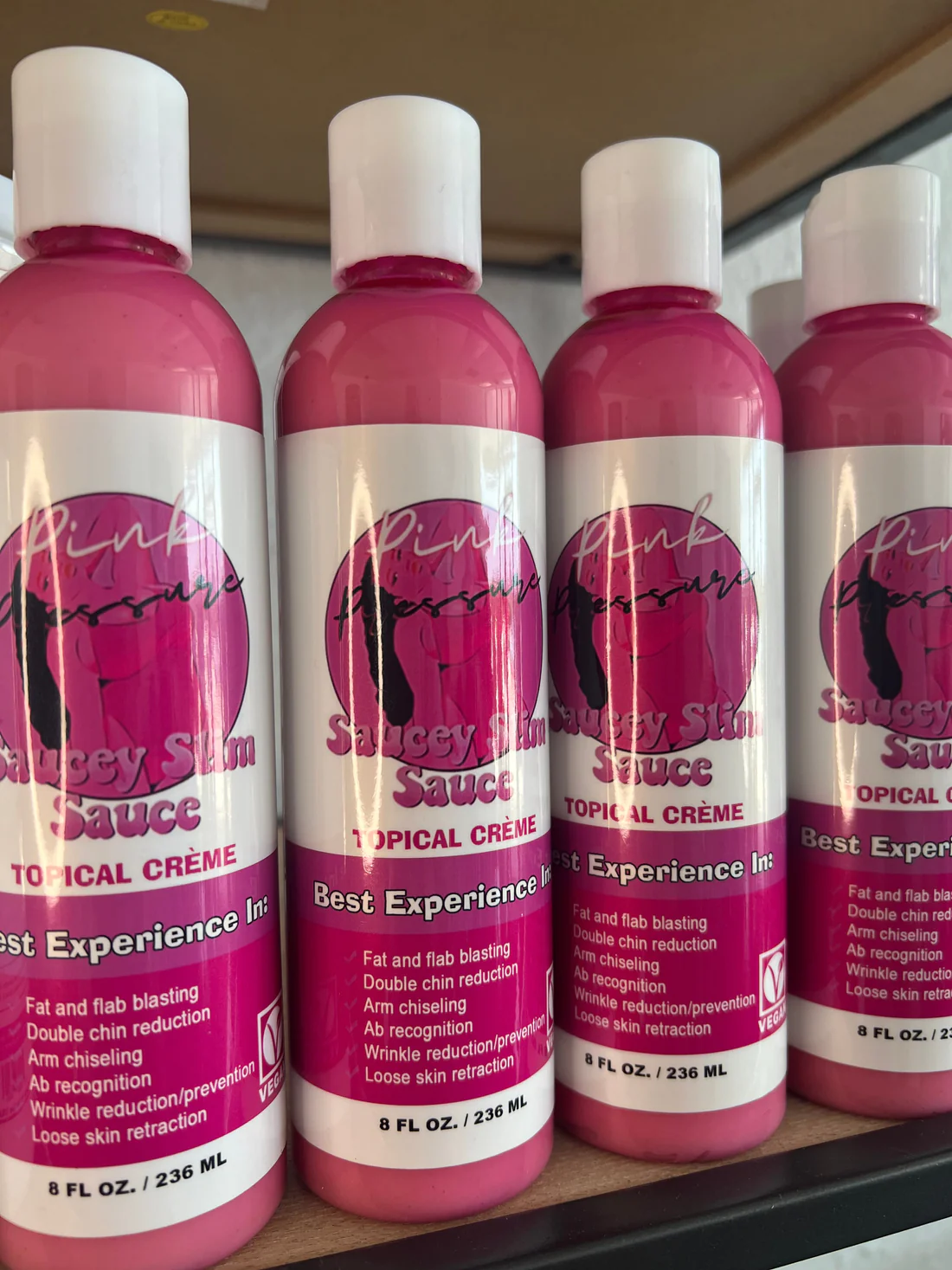Introduction to Vape Juice
Vape juice, also known as e-liquid, is the essential component that fuels the vaping experience. This foundational liquid undergoes vaporization, transforming into inhalable aerosol, providing a satisfying alternative to traditional smoking. To navigate the world of vaping, it’s crucial to grasp the basics of disposable vape juice.
1. Components of Vape Juice
– Propylene Glycol (PG):
- A colorless and odorless liquid, PG is known for its ability to carry flavors effectively. It contributes to the throat hit, simulating the sensation of smoking.
– Vegetable Glycerin (VG):
- A thicker liquid than PG, VG is responsible for vapor production. Higher VG ratios result in denser clouds, favored by those who enjoy “cloud chasing.”
– Flavorings:
- The heart of vape juice, flavorings can be natural or artificial. A vast array of flavors, ranging from fruits and desserts to menthol and tobacco, cater to diverse preferences.
– Nicotine:
- Optional in vape juice, nicotine comes in various concentrations. Users can choose nicotine-free options or select from a range of strengths, providing control over nicotine intake.
– Water:
- Sometimes added to thin out the liquid, water has minimal impact on flavor but can affect vapor production.
2. Nicotine Levels
Understanding nicotine levels is pivotal for vapers. Common concentrations include:
- 0mg/mL: Nicotine-free.
- 3mg/mL to 6mg/mL: Low to moderate nicotine.
- 12mg/mL to 18mg/mL: High nicotine.
- 24mg/mL and above: Very high nicotine, typically for heavy smokers.
3. PG/VG Ratio
The ratio of PG to VG influences the vaping experience:
- Higher PG: Intense flavor, stronger throat hit.
- Higher VG: Increased vapor production, smoother inhale.
4. Flavor Exploration
The vast diversity of flavors is a hallmark of vaping. From traditional tobacco and menthol to exotic fruit blends and dessert-inspired creations, there’s a flavor for every palate. Exploring different flavors is part of the joy of vaping.
5. Coil Compatibility
Vape juice choices should align with the type of coil in the device. High VG liquids work well with sub-ohm coils, while higher PG ratios are suitable for standard coils.
6. Storage and Shelf Life
Proper storage is essential for maintaining vape juice quality. Store it in a cool, dark place away from direct sunlight. Most vape juices have a shelf life of 1 to 2 years, but this can vary based on ingredients.
Conclusion: Personalized Vaping Experience
Vape juice forms the core of the personalized vaping experience. By understanding the fundamental components, nicotine levels, and flavor profiles, vapers can navigate the diverse landscape of vape juices, tailoring their choices to meet individual preferences. Whether chasing clouds or savoring intricate flavors, Vaping 101 lays the foundation for an informed and enjoyable vaping journey.


